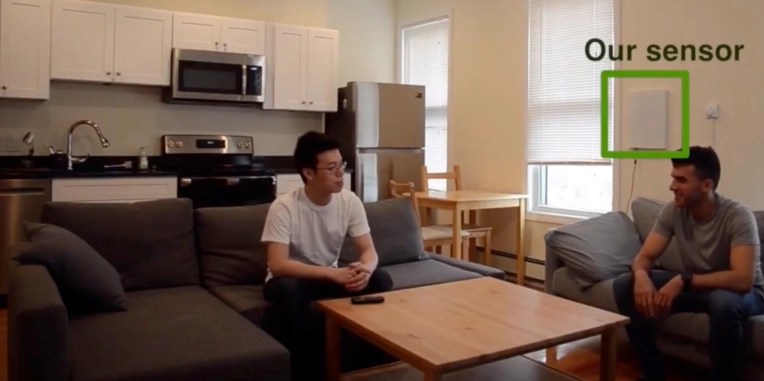Having a holistic picture of your health might not mean just wearing a device like an Apple Watch that can monitor your biometrics — researchers at MIT’s Computer Science and Artificial Intelligence Lab (CSAIL) have developed a new system that can figure out when and where in-home appliances like hair dryers, stoves, microwaves and washing machines are being used, and they believe that info could help inform healthcare practitioners about the habits and challenges of people under their care.
The researchers devised a system called “Sapple” that uses just two sensors placed in a person’s home to determine use patterns of devices including stoves, hair dryers and more. There’s one location sensor that works using radio signals to figure out placement, with a user able to calibrate it to cover their area by simply walking the bounds of their space. A second sensor measures energy usage through the home, and combines that data with movement information to matching energy use signals with physical locations of specific applicants, to provide data both when a person is using the appliances around the house, and for how long.
This gets around a lot of the issues raised by similar systems, including more simple voltage meters used on their own. While appliances do tend to have specific energy use patterns that mean you can identify them just based on consumption, it’s hard to tell when and how they’re being used with that data on its own. This info can let health professionals know if a patient is taking proper care of hygiene, food preparation and intake and more.
Of course, the system does sound like one that has a lot of potential privacy pitfalls, but its intended use is for specific cases, like providing supervised care of aging populations that need it while also still preserving resources and enabling better distancing, which is actually a more urgent need right now as we continue to figure out how to address caregiving in the context of the COVID-19 pandemic.
It’s a clever system in that it doesn’t require any special smart IoT devices to work, beyond the two simple sensors, and essentially also doesn’t require any technical expertise on the part of the patients receiving care.
